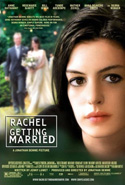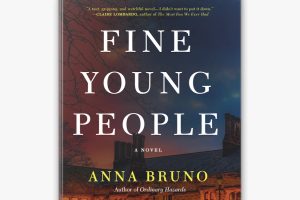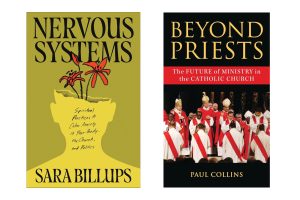Rachel Getting Married
Sony Pictures Classics, 2008
Director Jonathan Demme and writer Jenny Lumet’s ensemble film about a big sprawling suburban wedding reminds us that marriage is a mix of chosen and un-chosen unions. The coupling of husband and wife also joins together a menagerie of pleasant and decidedly unpleasant relatives who become, for better or worse, our in-laws and lifelong companions.
At this particular wedding the bride’s sister Kym (played brilliantly by Anne Hathaway) is certainly the most fascinating, exasperating, and disturbing of these new relatives. A morose, self-involved, recovering addict who sucks happiness and attention out of the other guests like some roving black hole, Kym’s gargantuan appetite for supersized servings of love and affection results in just the sort of boorish behavior guaranteed to send folks screaming for the parking lot. Somehow Demme, Lumet, and Hathaway give us a sympathetic view of her without ever allowing us to forget that she is the first relative we would toss off the ark.
But marriages and families have always been made of clay, holding together a ragtag collection of frail creatures with large portions of faith, hope, and love; and these broken and blended families coming together in this wedding each bring their own baggage and dreams. Rachel (Rosemarie DeWitt) and Kym share parents who could not make their own marriage work, and they compete for the attention of a father who does not know how to love the healthy and peaceful child. At the same time his second marriage is a sign of new possibilities, and Rachel’s fiancé, Sidney (Tunde Adebimpe), is filled with exuberant promise.
Demme’s film demonstrates that characters are fashioned and realized in communities and that human beings are social creatures who come into their own only when tossed into the pool with everybody else. Rachel Getting Married reminds us that marriage is a promise to be family, not a guarantee.














Add comment